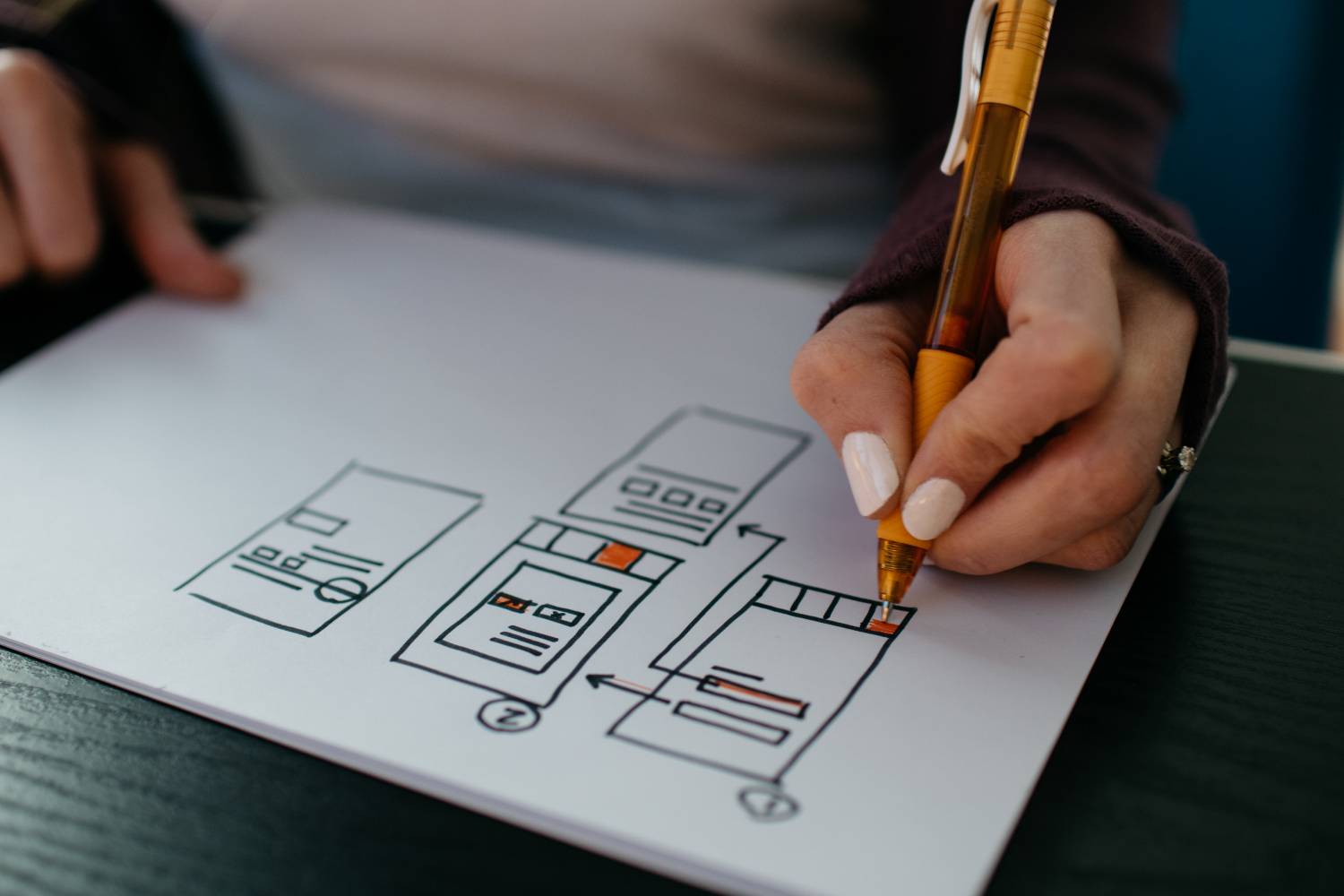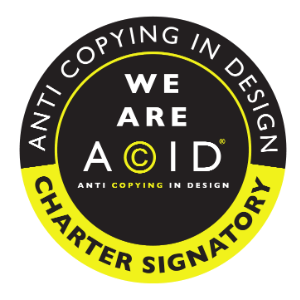First impressions are everything in business, which is why companies invest thousands into their showrooms. With the ecommerce market expected to grow a further 50% in the next 4 years, it’s becoming more important than ever for businesses to put the same level of attention into their online presence. As the foundation of your digital image, a well designed website is the first step to a successful digital marketing strategy. Through this blog we will discuss what makes a website stand out online, and the thought process that goes on behind each decision in their design.
Accessibility and convenience
The first matter for any website is ensuring that everyone who clicks through can easily navigate. As 67% of online shoppers in the United Kingdom do so from their mobile, it’s vital that designers create a website which works across a wide range of resolutions- enabling tablet, PC, and mobile users to all have a similarly convenient experience. Today, various pieces of software and plugins have been created to simplify this process, and enable fully responsive design.
Convenience doesn’t just stop at making sure your website is responsive. Clear signposting allows users to quickly identify the information they need, and with the average user spending just 15 seconds on a site, an accessible website must be simple to use. Within those 15 seconds, the user should be able to understand what your business does, and how it can help them. An easy to use navigation bar, with accurately labelled pages for your full range of services, and concise information on your home page, facilitates this process.
Finally, accessibility means accounting for the needs of every user, whether that’s by using contrasting colours to aid those who are colour-blind, to providing alternative text for images and subtitles for any audio, and finally to considering your font choice and size for visitors with dyslexia and other conditions. By making a website that everyone can use, you increase your company’s client capture rate. And aside from the sales side of things, it’s quite simply good, fair, and moral practice too!
Branding and design consistency
In the physical world, your brand image must be memorable and clearly identifiable, so that consumers learn to recognise your products. The digital space is no different. As the hub for your online presence, your website should reflect your branding and design. Keeping consistency in the colours, fonts, and graphics that you use across the real and digital world fosters that image, creating mental profiles of your company that can foster consumer trust.
Consistent presentation promotes those all important positive first impressions. By signalling that you care about your image, through clean and consistent branding, it suggests to the customer that you are thoughtful in your processes and take care to do things right. A well-thought out design also creates a cleaner, more approachable website. Smart choices with colours can be used to make important information more accessible, and draw the eyes of customers to what you want them to see. Studies have shown that customers are more likely to engage with a business if they have a positive first impression of their website.
Progressive disclosure
To put it simply, most people don’t have a long attention span. They don’t want to be sitting there trawling through your website to spot the information they need, which is why the average viewer spends less than 6 seconds reading written content on websites. Many businesses suffer from designs that don’t take this into account, and lose the interest of potential clients who instead go elsewhere.
Progressive disclosure is a key concept in thoughtful website design, which ensures users aren’t overloaded with information that they don’t need. Instead, information is compartmentalised and labelled so that the user can find what they need quickly. Large blocks of text should be separated, and information should be presented in a variety of ways that are both clear to understand, and clearly labelled, so that your website remains fresh and useful throughout. Landing pages should quickly draw in the user with valuable information in the first few sentences, rather than drawing out the process with superfluous wording and endless paragraphs of text – who has time to read all of that, however well it’s written!
Promoting organic traffic
The ultimate goal of website design is client capture and conversion, and this can be achieved in part by optimising websites to promote organic traffic through SEO. This process is undertaken throughout the design and copywriting stages of your website – such as the correct usage of H tags to show off your most important keywords and phrases to ensure your content begins to show up for user queries in search engines, and effective copy that is optimised for search engine crawlers whilst showcasing your product or services benefits and company messaging in the best possible way.
In addition, when a user clicks on a link to your website from their search engine results, the pages they click through to, known as landing pages, need to quickly capture the user. For example, call-to-actions throughout a website (such as a ‘Get in Touch’ button or contact form) must be clearly marked and easy to use to drive conversion, and any key, stand-out benefits should be made immediately visible “above the fold” to prevent the visitor losing interest with endless scrolling.
Overall, a well made website stems from research, preparation, and thoughtful design. Through a proper understanding of what drives customer engagement, these processes create a new medium for client capture that can propel your business forward. At Kreativity, we create unique website designs in order to foster your digital image and promote your presence online. We hope that this blog has given some insight into the thought process of website design, giving you a better picture of what it is that makes a website successful. To find out more about what we do, visit our Web Design page, where you can see the output of our work, and learn more about our offering!






